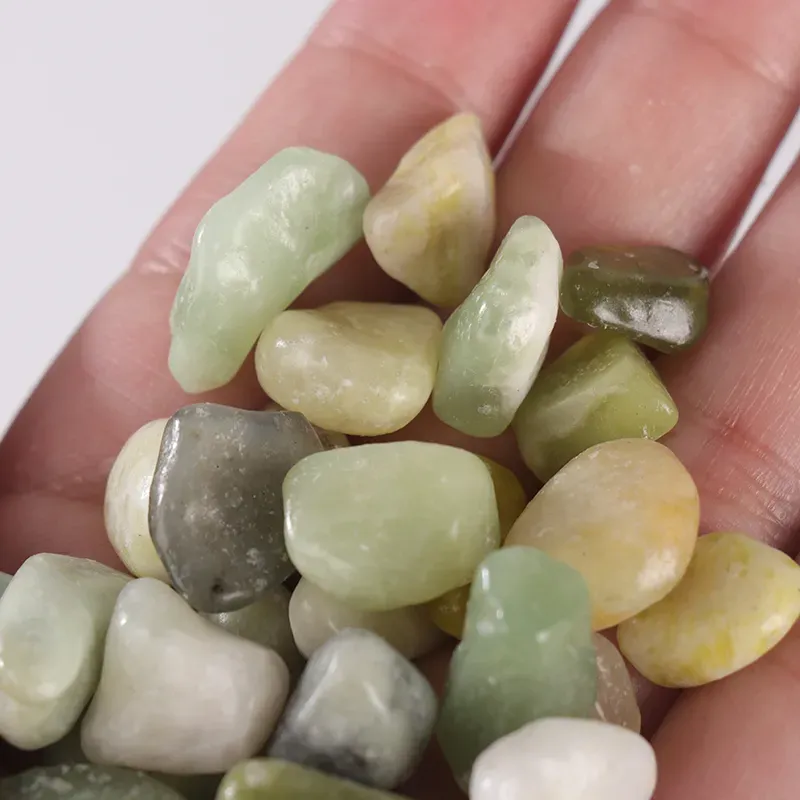12 月 . 04, 2024 09:37 Back to list
installing cobblestone edging
Installing Cobblestone Edging A Step-by-Step Guide
Cobblestone edging is an excellent choice for homeowners looking to add a touch of elegance and rustic charm to their gardens, driveways, or pathways. Its durable nature not only enhances the aesthetic appeal of your outdoor spaces but also helps in defining garden borders, controlling soil erosion, and preventing grass creep. Here’s a detailed guide on how to install cobblestone edging effectively.
Tools and Materials Needed
Before getting started, gather the following tools and materials - Cobblestones (natural or manufactured) - Sand or gravel for the base - Landscaping fabric (optional) - A shovel - A level - A rubber mallet - A measuring tape - A straight edge or board - Water (for compacting the sand)
Step 1 Planning Your Design
The first step in the process is to plan where you want to install your cobblestone edging. This involves measuring the area and considering the shape you desire. Straight lines are easier to work with, while curves can give a more organic feel. Mark the outline of your intended edging with stakes and string or spray paint. This will serve as your guide during installation.
Step 2 Preparing the Area
Once you have your design, it's time to prepare the area. Use a shovel to remove any grass, weeds, or debris from the marked section. Dig a trench that is about 6-8 inches deep and wide enough to accommodate the width of your cobblestones. Ensure that the trench has level bottoms and sides to create a stable base for the stones.
Step 3 Adding a Base Layer
installing cobblestone edging

To provide a sturdy foundation for the cobblestones, add a layer of sand or gravel to the trench, about 2-3 inches deep. This base will help with drainage and prevent the stones from shifting over time. Use a tamper or the end of a 2x4 board to compact the base, ensuring it's leveled properly with your straight edge for alignment.
Step 4 Laying the Cobblestones
Start laying the cobblestones in your desired pattern. Begin at one end of the trench and work your way to the other. As you lay down each stone, use a rubber mallet to tap them into place, ensuring they are level and secure. It’s crucial to check the alignment frequently with a level as you go to maintain a straight or uniform curve.
Step 5 Filling Gaps and Compacting
After all the cobblestones are laid, fill any gaps between them with additional sand or gravel. This will help lock the stones in place and prevent weeds from growing up between them. Use a broom to sweep the sand into the cracks, and then lightly mist the area with water to compact the sand.
Step 6 Finishing Touches
Once the cobblestones are set and the sand has compacted, remove any excess sand from the surface. If desired, lay down landscaping fabric on the soil side of the edging to further prevent weed growth. Finally, you can add mulch or decorative stones on the soil side for a polished look.
Conclusion
Installing cobblestone edging is a rewarding project that can significantly enhance the beauty and functionality of your outdoor spaces. With careful planning, the right tools, and a bit of patience, you can create a stunning edged path or border that will be enjoyed for years to come. Remember to take your time, following each step meticulously, to achieve the best results. Happy landscaping!
-
Tumbled Nephrite Jade in Feng Shui: How to Attract Balance and Prosperity
NewsOct.18,2024
-
Nephrite Jade in Home Décor: Bringing Earthy Elegance to Your Living Space
NewsOct.18,2024
-
How to Spot Authentic Tumbled Nephrite Jade: A Buyer’s Guide
NewsOct.18,2024
-
Healing Properties of Tumbled Nephrite Jade: A Look into Ancient Wellness Practices
NewsOct.18,2024
-
Ethical Sourcing of Nephrite Jade: Ensuring Sustainable and Fair Trade Practices
NewsOct.18,2024
-
Caring for Your Tumbled Nephrite Jade: Maintenance Tips for Longevity
NewsOct.18,2024






